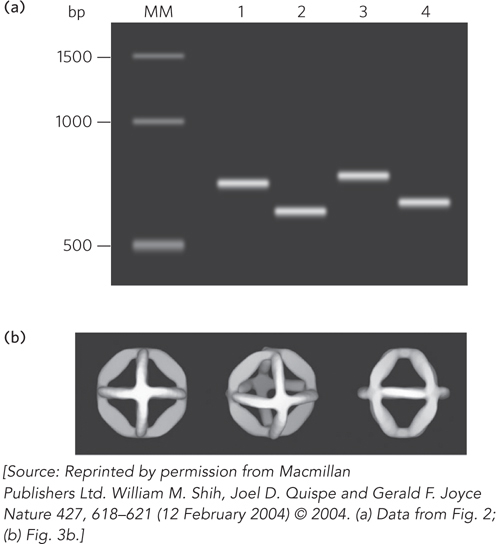
FIGURE 2 Gel electrophoresis and electron microscopy revealed the DNA octahedron assembly through base pairing. (a) Agarose gel electrophoresis of octahedron- 9- 9- 9- 0- 9- 0- 0- e-